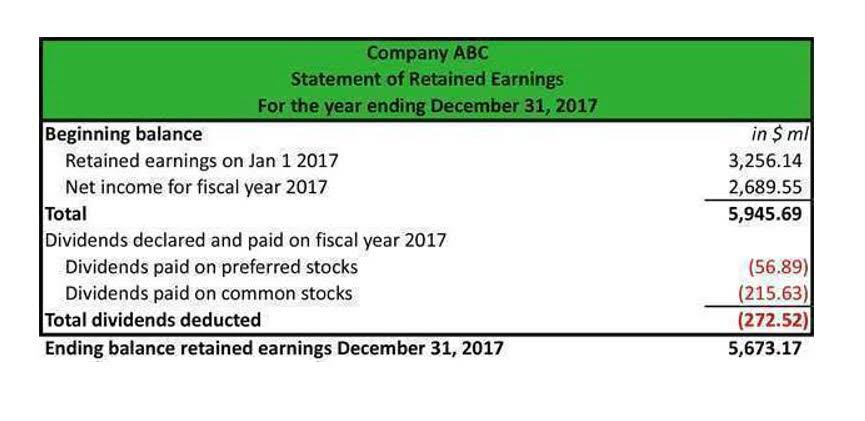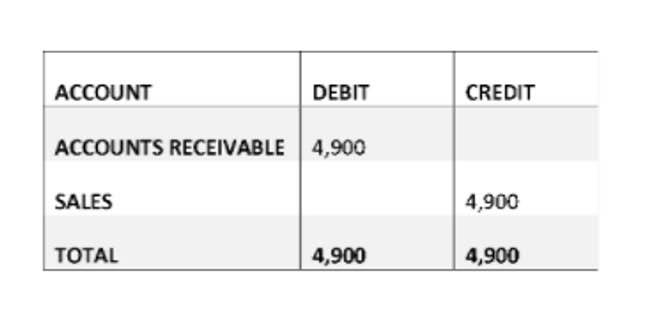
Managing and projecting working capital effectively in real-world scenarios often presents challenges. Inconsistent or unreliable https://www.bookstime.com/ data can complicate analysis, requiring strategies to normalize and reconcile discrepancies in historical financials. Industry-specific variations also play a role; for instance,positive working capital indicates sufficient liquidity in manufacturing, while SaaS companies often operate with minimal working capital due to fewer fixed assets.
Subtract Current Liabilities

Therefore, the impact on the company’s free cash flow (FCF) is +$2 million across both periods. Buffett isn’t going into the specifics of whether to add or subtract the number. He is saying that you should think about how the cash flow requirements of the business affects the final owner earnings calculation. You can think of the increases in Income Taxes Payable similar to Accounts Payable. If this is increasing, the company is delaying the use of cash to pay income taxes to the government.

Process Payments
Consequently a change in working capital is any net change in current assets and current liabilities over an accounting period. Just like knowing the importance of a positive working capital, understanding the potential effects of a lowering or negative NWC is essential for smart business practices. For most companies, net working capital is calculated from five accounts on the balance sheet.

Cash Application Management
Additionally, reviewing working capital in the context of covenant compliance and its ability to service long-term debt with free cash flow helps assess a company’s financial resilience and funding flexibility. Working capital, often referred to as the lifeblood of a business, represents the funds available for day-to-day operations. It encompasses current assets such as cash, inventory, and accounts receivable, minus current liabilities like accounts payable and short-term debt.

Cash Forecasting
Therefore, to adequately interpret a financial ratio, a company should have comparative data from previous periods of operation or its industry. Yes, technically capital lease liability would be considered more like short-term debt than an operating liability like accounts payable. Until the payment is fulfilled, the cash remains in the possession of the company, hence the increase in liquidity. But it is important to note that those unmet payment obligations must eventually be settled, or else issues could soon emerge. Suppose we’re tasked with calculating the net working capital (NWC) of a company with the following balance sheet data. Net working capital, often abbreviated as “NWC”, is a financial metric used to evaluate a company’s near-term liquidity risk.
- Working capital, encompassing current assets like accounts receivable and inventory, and current liabilities like accounts payable, plays a critical role in financial modeling and valuation.
- On the subject of modeling working capital in a financial model, the primary challenge is determining the operating drivers that must be attached to each working capital line item.
- The math portion of this calculation remains very simple; the harder part is understanding where the numbers come from and why it is essential to focus on the change in working capital and interpret the result.
- Comparing these ratios to industry benchmarks ensures accurate projections and highlights areas needing improvement.
- First, you’ll need your balance sheet for the end of the current period (say, this quarter) and the balance sheet for the end of the previous period (last quarter).
Finally, you subtract any other financial obligations considered liabilities, such as employee wages, interest payments, and short-term loans that will come due within the next year. In our example, if these expenses amount to $1.075 million, subtract this from the $1.48 million, resulting in a net working capital of $405,000. The bottom line is that a negative change in working capital tells investors that the company hopes to generate growth by spending cash on inventories or receivables. Keeping an eye on it, understanding its movements, and managing it effectively can make a huge difference in your company’s financial health and its ability to thrive. If you find your working capital isn’t where you’d like it to be, or if the changes are causing cash flow headaches, don’t despair! Effective working capital management is all about finding the right balance – enough liquidity to operate smoothly, but not so much cash tied up that it’s not earning a return.
Since the total operating current assets and operating current liabilities were provided, the next step how to find the change in net working capital is to calculate the net working capital (NWC) for each period. Under sales and cost of goods sold, lay out the relevant balance sheet accounts. Remember to exclude cash under current assets and to exclude any current portions of debt from current liabilities. For clarity and consistency, lay out the accounts in the order they appear in the balance sheet. Net Working Capital (NWC) measures a company’s liquidity by comparing its operating current assets to its operating current liabilities.
- CFI is on a mission to enable anyone to be a great financial analyst and have a great career path.
- Traditional working capital components include current assets such as accounts receivable and inventory, and current liabilities like accounts payable and accrued expenses.
- After almost a decade of experience in public accounting, he created MyAccountingCourse.com to help people learn accounting & finance, pass the CPA exam, and start their career.
- This example shall give us a practical outlook of the concept and its ebbs and flows.

Working capital, defined as the difference between a company’s current assets and current liabilities, is a vital metric for assessing short-term financial health. It plays a critical role in Accounts Receivable Outsourcing financial modeling and valuation by evaluating a company’s operational efficiency and liquidity. Net working capital is a crucial financial metric for businesses, providing insights into a company's short-term financial health and operational efficiency. It reflects the difference between a company's current assets and current liabilities. A positive change in net working capital indicates improved liquidity, potentially signifying a company's increased ability to cover short-term obligations, invest in its operations, or grow its business. Conversely, a negative change can signal potential liquidity issues or financial instability.

لا يوجد تعليقات